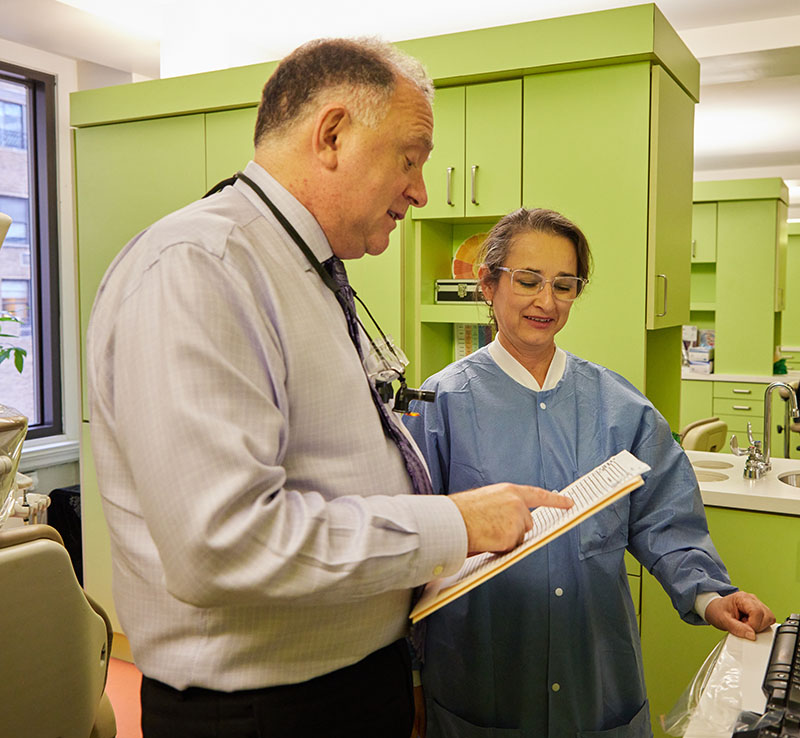Download The Ultimate Guide to Sustainable Dentistry eBook
Why is Bio-compatible Dentistry Important?
At Dentistry For Health New York, we take tooth restoration a step further, by determining the biocompatibility of the materials being used. Recently, there has been a growing concern for the potential health hazards imposed by use of dental materials that include toxic compounds (the most common being the mercury in silver amalgam fillings). Mercury is one of the most toxic metals found in nature and is a major component of silver amalgam fillings.
Some chemically sensitive people may also be affected by other replacement dental material used, which can cause immune system reactivity.We use the most compatible, durable and bio-neutral materials known for the human body. And we are a mercury-free dental practice.


How Can we Test for Bio-compatibility?
Some chemically sensitive people may also be affected by other replacement dental materials used, which can cause immune system reactivity. We use the most compatible, durable and bio-neutral material known for the human body. On occasion, we may take a serum blood specimen to determine what a patient’s ‘least reactive’ alternative dental material may be, as any foreign substance introduced into the body can, to some degree, aggravate the immune system’s function to ward off substances not naturally found in the body.
The test can be applied to composite fillings, crown materials, bridge materials, denture materials, cements and other products. Most patients will be found to have some materials that are suitable for them and we have found this to be vastly superior and preferable to a dentist’s random assumption that each body has the same reactivity to these materials.
What Materials Do We Use in Tooth Restoration?
In situations when a significant part of the biting surface of a tooth has been damaged and weakened, our material of choice would be a ceramic or composite without BPA (Bisphenol-A). Both are well tolerated from a biological standpoint and provide the strength and durability that is needed.
When the defect in the tooth grows to a significant size, its strength will be compromised. We have found teeth with large silver amalgam fillings often develop cracks that extend deep into the tooth structure. These teeth are best restored by a means that covers and reinforces the strength of the tooth by completely covering it. A conservative ceramic, onlay or full crown, will accomplish this objective.
 Request Appointment
Request Appointment